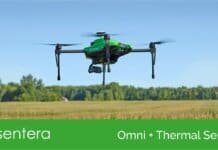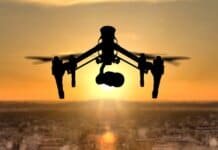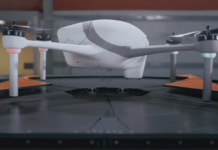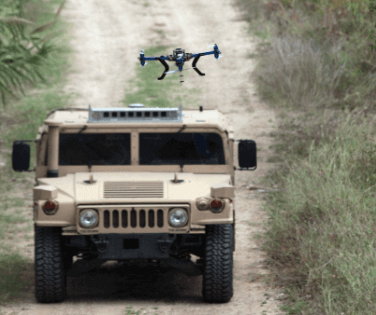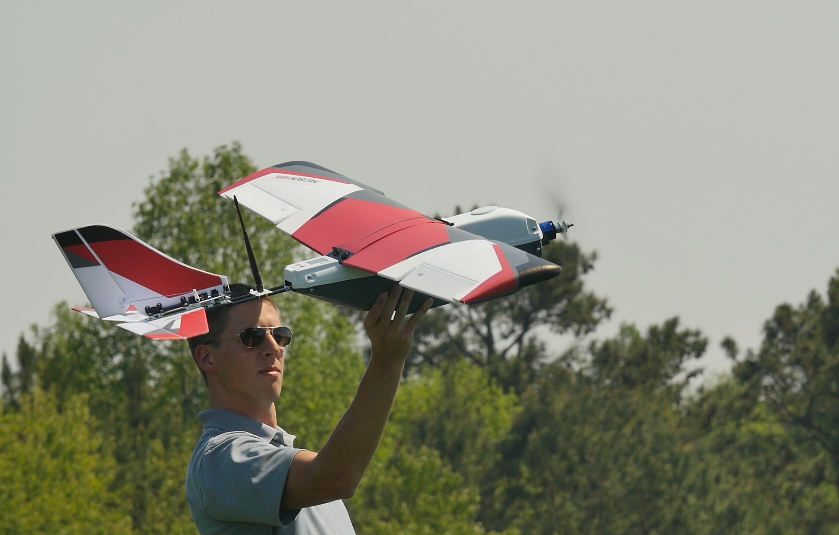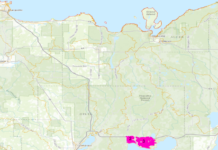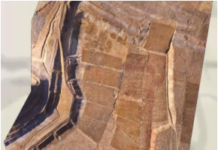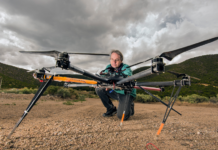Southwest Research Institute (SwRI), an advanced science and applied technology company, has secured a patent for technology that allows unmanned aerial systems (UAS) to cooperate with unmanned ground vehicles, providing more information about the surrounding environment and enabling safer maneuvers.
“We developed this capability to support defense clients seeking solutions to the challenges of unmanned ground vehicles navigating in extreme environments,” says Ryan Lamm, director of SwRI’s applied sensing department.
The technology has immediate military applications, and the system is also helping SwRI to develop future commercial solutions for remote inspection systems.
According to the company, U.S. Patent No. 9,625,904 for “unmanned ground/aerial vehicle system having autonomous ground vehicle that remotely controls one or more aerial vehicles” covers onboard, in-sky perception sensors that can detect a path to be followed by the ground vehicle.
The control system of the automated ground vehicle locates and controls the aerial vehicle and receives data from both the on-ground and the in-sky perception sensors. It uses the combined perception data to determine paths for the ground vehicle, as well as other remotely controlled aerial vehicles.
SwRI says its patent is unique because it provides a completely autonomous solution that allows the systems to benefit from each other’s capabilities. Previous systems relied on human control of one or both vehicles with a remote-control system.
With autonomous control, a vehicle’s onboard control system allows it to perform its mission independent of a human operator, providing a safe alternative in dangerous environments. To address the computer processing and sensing necessary for this system, the autonomous ground vehicle remotely controls aerial vehicles.
“This strategy effectively allows a highly intelligent autonomous robot to remotely control less intelligent robots without human intervention,” Lamm says.
According to SwRI, the system includes sensors mounted on the ground vehicle to perceive obstacles in its path, while sensors aboard the aerial vehicle help detect low terrain that may be obstructed by objects in front of a ground vehicle’s sensor path. The sensors on the ground vehicle also help the aerial vehicle navigate and sense tall objects that might impact its flight path.
Photo courtesy of SwRI – Southwest Research Institute secured a patent for technology that enables a driverless vehicle to autonomously control one or more aerial drones.


